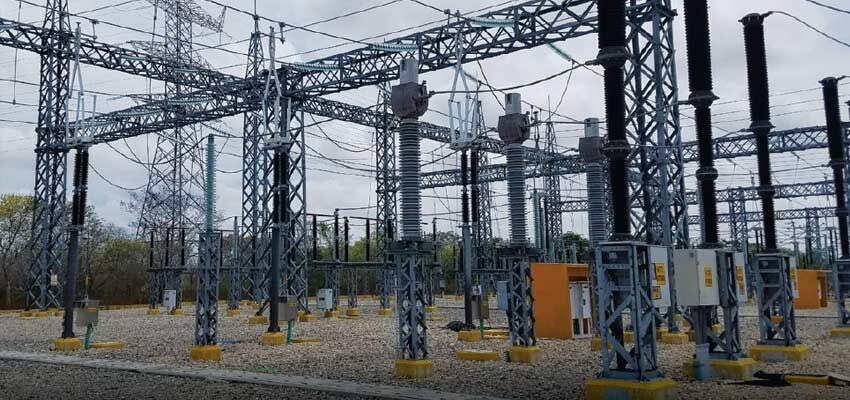
Instrument transformers testing
HV instrument transformer condition assessment Abstract No matter how big or small your substation is, instrument transformers stand vigilant in the electric system, protecting and...
byDiego ROBALINO

HV instrument transformer condition assessment
Abstract
No matter how big or small your substation is, instrument transformers stand vigilant in the electric system, protecting and controlling. In order to satisfactorily accomplish this task, industry, academia, and instrument transformer manufacturers have worked with international standard associations such as IEC, IEEE and NETA to compile the theoretical fundamentals of operation, specifications by class of accuracy, and suggested testing methods to ensure safe and reliable operation of current and potential transformers under innumerable conditions.
Due to their durability, robustness, size, cost or time-consuming testing practices, instrument transformers in the field are not always a top priority. Nonetheless, failure during operation, lack of accuracy and unexpected activation of major protective devices usually result from poor maintenance and inefficient IT testing practices.
Dielectric frequency response provides a reliable method to assess the insulation condition of instrument transformers from manufacturing to service life in the field. The guidelines and references provided in this article allow asset managers, substations operation staff, and testing specialist to apply and interpret results from this method as it is applied to MV and HV instrument transformers.
Keywords: current transformer, potential transformer, dielectric frequency response, frequency domain spectroscopy, diagnostics, standardization
1. Introduction
The electrical industry is increasingly demanding every day. The addition of distributed generation, alternative back-up systems, renewable energy sources, extra-high voltage transmission lines, AC/DC conversion stations and many more technologies into the power grid makes it more complex and sensitive to transient changes. Current transformers (CTs) and voltage/potential transformers (VTs/PTs) are instrument transformers (ITs) used for protection, control and metering applications; they silently serve the power grid by creating an interface between high-energy components and low-energy supervisory devices where human intervention is expected.
Despite design considerations, instrument transformers are subjected to mechanical, electrical, dielectric and thermal stresses just like any other component in the substation infrastructure. Therefore, the electro-magnetic circuit and the dielectric components of the instrument transformer must be carefully tested to assure integrity of the instrument transformers and accuracy of the information transferred to metering and supervisory devices.
Proactive maintenance and informative diagnostic procedures avoid dealing with the aftermath of high energy explosions in the field.







